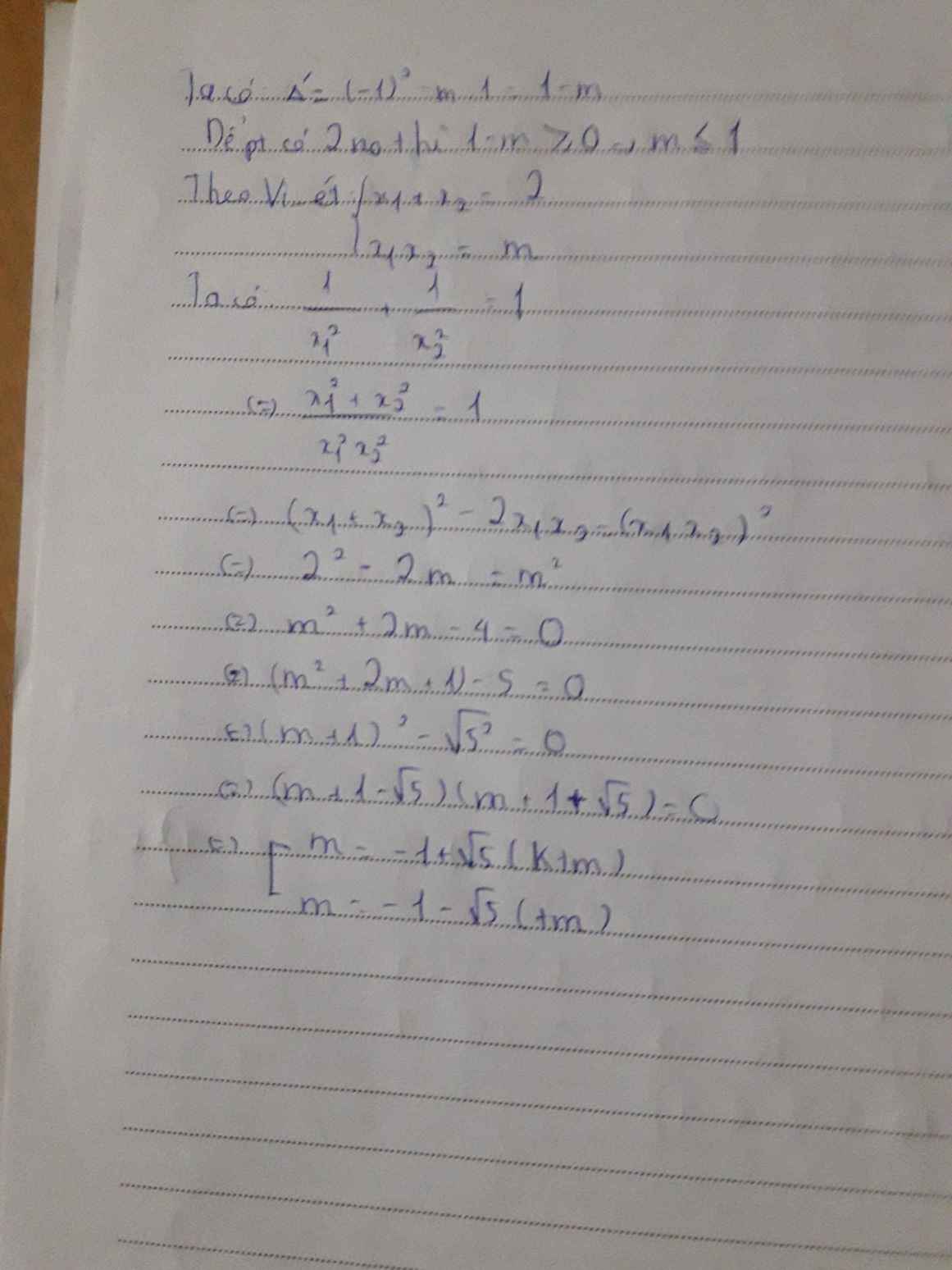1) Cho pt \(x^2-2x-5=0\). Gọi x1, x2 là ngh của pt, hãy tìm 1 pt bậc 2 có hệ số nguyên nhận \(u=\dfrac{x_1}{1-x_2};v=\dfrac{x_2}{1-x_1}\) là nghiệm?
2) Tìm 2 số tự nhiên chẵn liên tiếp biết chúng là độ dài hai cạnh góc vuông của tam giác vuông có cạnh huyền là \(2\sqrt{5}\)




























